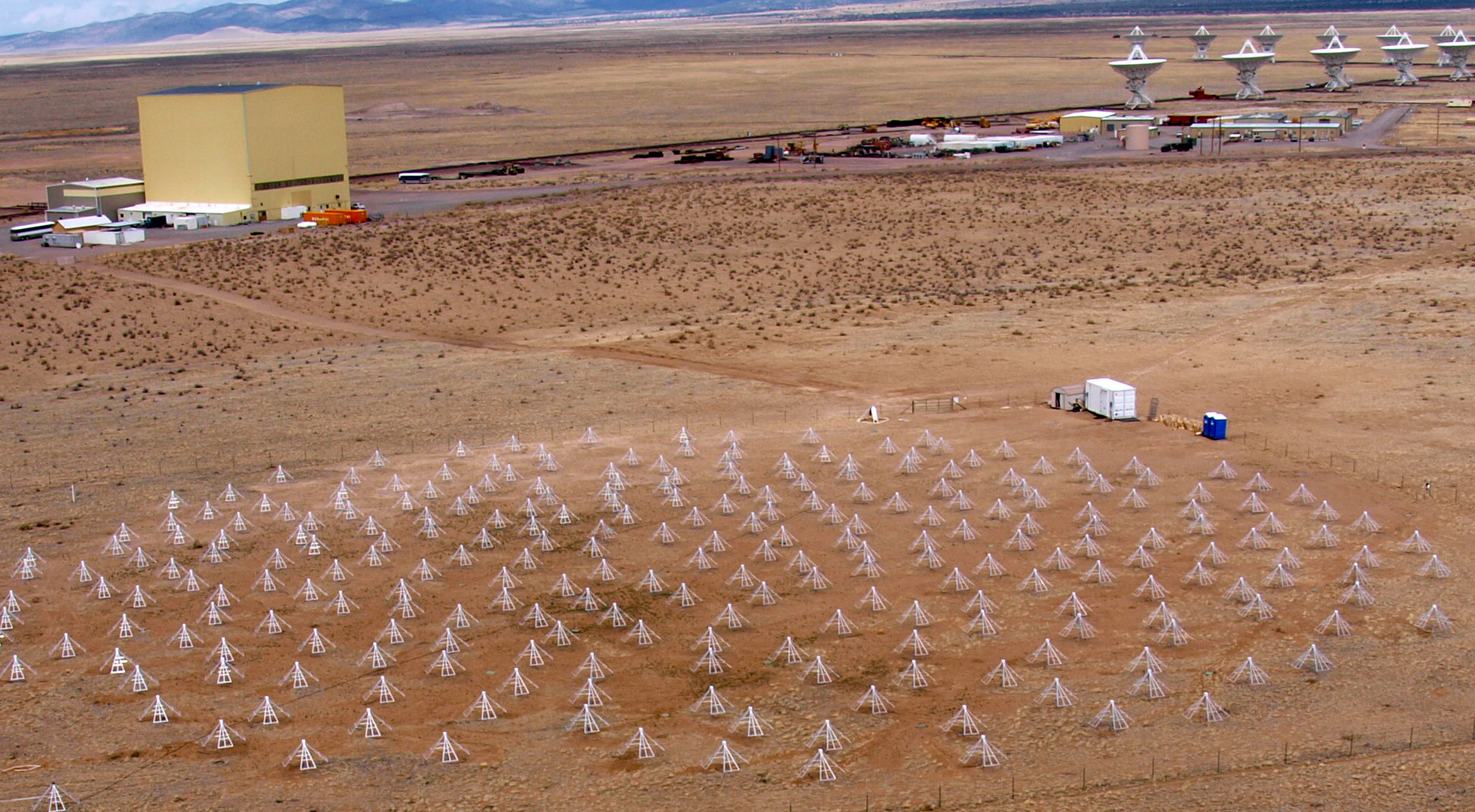Grant to boost data transfer speed more than 10 times for Virginia public research universities

An award from the National Science Foundation will make it possible for Virginia’s research universities to achieve a vast acceleration in the flow of big data, to keep pace with the increasing demands of computational research and transformation in higher education.
The funded proposal was spearheaded by Virginia Tech with support from the Mid-Atlantic Research Infrastructure Alliance (MARIA), which brings together Virginia’s major research universities to facilitate access to shared cyberinfrastructure.
Mark Gardner, network research manager for Information Technology at Virginia Tech, is the principal investigator for the project.
Specifically, the funding will be used to eliminate a bottleneck at the National Capital Region Aggregation Facility, which is operated by Virginia Tech for use by all MARIA universities. The facility, which provides cost effective and efficient access to national and international research networks including Internet2, National Lambda Rail, the Energy Sciences Network, and others, is a point of network congestion due to shared connections that top out at 10 gigabits-per-second (Gbps).
The new 100-Gbps infrastructure will have the capacity to deliver sustained data transfer rates that meet the needs of the most demanding computational research projects. Reviewers from the National Science Foundation commended the high return on investment afforded through this broad collaboration.
Steve Ellingson, associate professor of electrical and computer engineering at Virginia Tech, conducts astrophysics research using radio telescopes located in New Mexico. Currently, data generated by the telescopes must be placed on physical media and shipped to Blacksburg for analysis.
“The increased capacity will make it possible to transfer data over the network instead of mailing disks,” said Ellingson. “This will create a dramatic acceleration in our search program and reduce the time between discoveries.”
This core infrastructure improvement will benefit nearly every science and engineering research project within the Commonwealth of Virginia over the coming years.
While MARIA focuses on research and transformation in higher education, NatCap also extends its services to Virginia’s K-12 schools, museums, libraries, smaller colleges and universities, hospital networks, public service providers, and private companies engaged in activities relating to research and education.
"Advanced cyberinfrastructure is critical to research at Virginia institutions,” noted Rusty Waterfield, MARIA board chairman and chief information officer at Old Dominion University. “We can only develop this type of shared network service through the collaboration of our members. I commend the researchers from several universities within MARIA who contributed the science use cases to demonstrate the strength of the research and broad collaboration taking place at our institutions."
In addition to Virginia Tech and Old Dominion University, the alliance includes the College of William and Mary, George Mason University, James Madison University, Virginia Commonwealth University, and the University of Virginia.
Installation of the new equipment will be completed in the first quarter of 2014.
Dedicated to its motto, Ut Prosim (That I May Serve), Virginia Tech takes a hands-on, engaging approach to education, preparing scholars to be leaders in their fields and communities. As the commonwealth’s most comprehensive university and its leading research institution, Virginia Tech offers 240 undergraduate and graduate degree programs to more than 31,000 students and manages a research portfolio of $513 million. The university fulfills its land-grant mission of transforming knowledge to practice through technological leadership and by fueling economic growth and job creation locally, regionally, and across Virginia.




